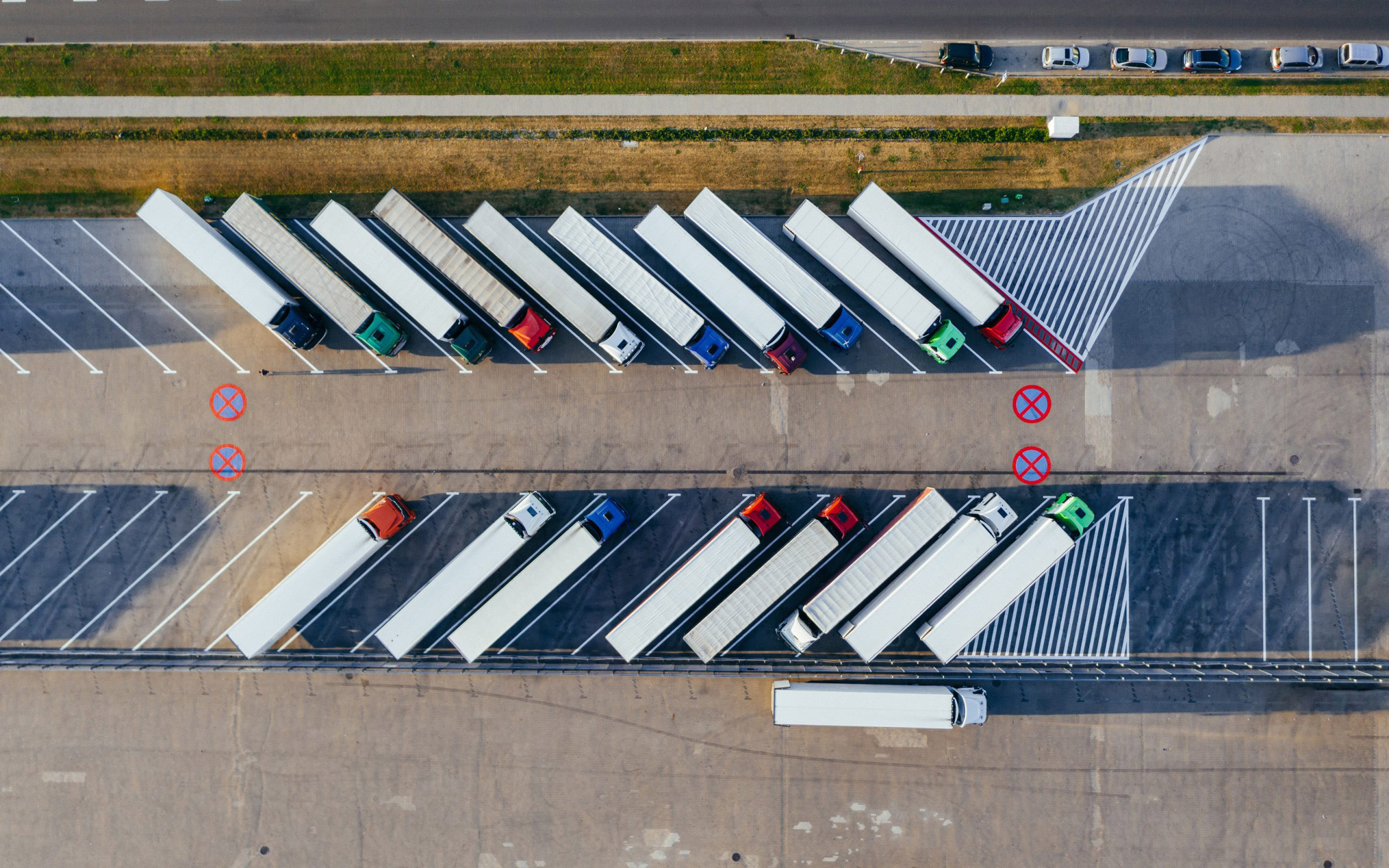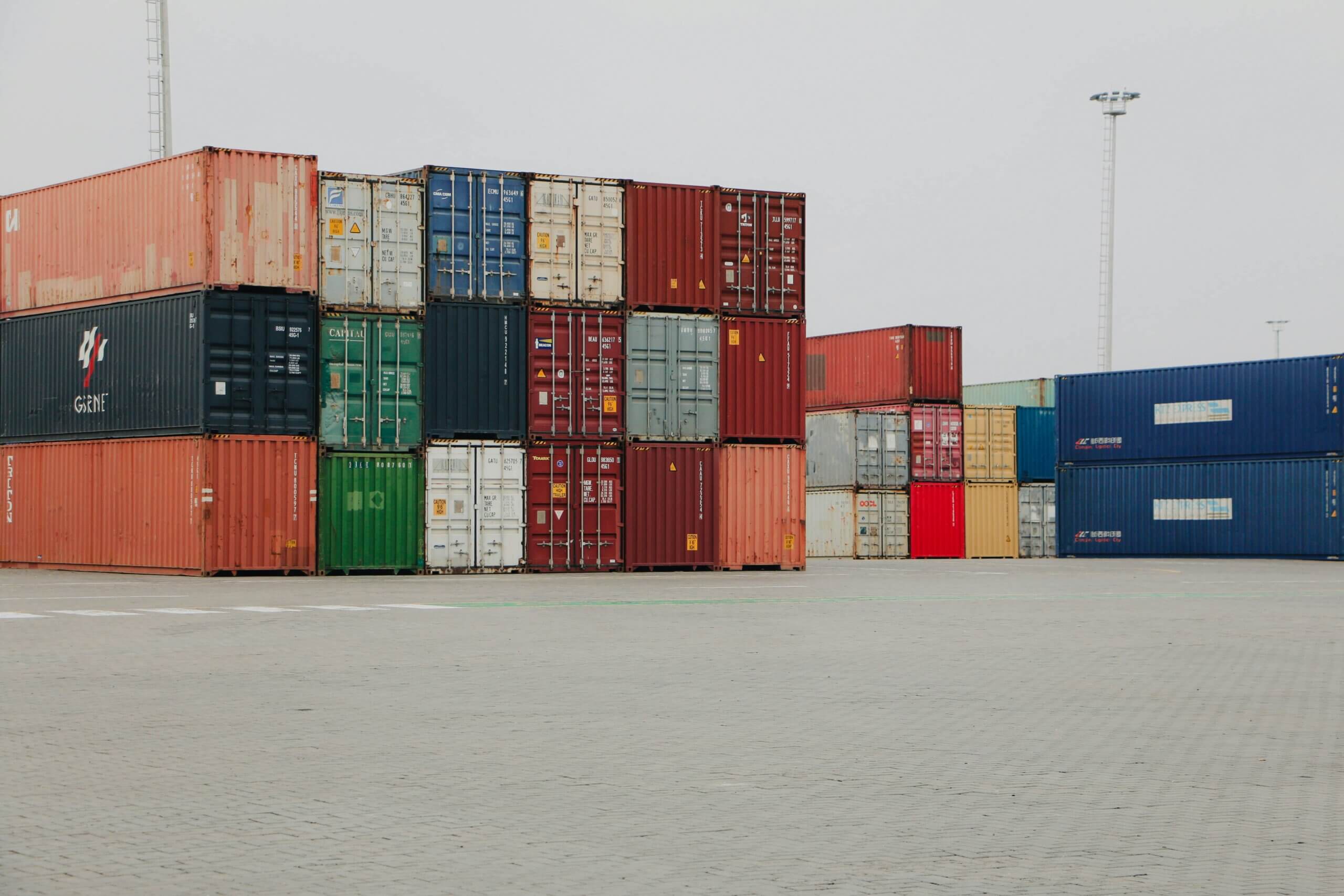Technology is a hot topic of conversation among carriers lately. Everyone is aware of the upcoming ELD mandate in December, for example. If you’re a carrier, there’s a good chance that you’re not completely thrilled about being required to install ELDs in your trucks. That’s completely understandable. Change always causes our ears to perk up, and in logistics, it’s often met with some skepticism. The truth is, however, that technology can help carriers in several ways.
The reason behind carriers resisting the ELD mandate is simple–they think their data is going to be used against them or that it’s a form of monitoring. Nobody wants big brother in their cab with them, but that’s not what ELDs are actually for. Data is a tool supply chains can use to gain efficiency and make more money. Knowledge is power and data is knowledge, but only if you analyze it and make informed business decisions with it. Let’s explore how adopting tech into everyday workflows can help carriers.
1 – Win Repeat Business
All carriers want more consistent freight and the ability to easily discover new freight opportunities. As a carrier, having dedicated lanes allows you to plan further out. It also allows you to provide better services because you have more time to adjust to any issues that might come up.
With visibility into freight location now being on the forefront of customers’ minds, the ability to share automatic estimated times of arrival (ETA) and location updates to your customers is huge. Visibility gives transparency which leads to trust and more dedicated lanes for your business. Over 95 million people use Amazon Prime, largely because they focus on the customer and provide quick, inexpensive deliveries and speedy resolutions to issues. This gives consumers the trust they need to continue using their services. A carrier who is able to facilitate that level of visibility for their customers will win repeat business and gain a positive reputation across the industry.
2 -Support Driver Management and Retention
Technologies like dashboard cameras provide drivers who have been in collisions with proof that they aren’t at fault. When combined with driver scorecards, these tools give drivers a means by which to assess their habits and see if there are any positive changes they can make. Investing in your drivers helps them improve and lets them know they are valued. Ultimately, this leads to increased driver retention and money savings because you don’t have to hire and train new drivers. Having a consistent team of drivers you know and trust reduces accidents as well.
3 – Improve Operational Efficiency
The increased real-time visibility data provided by ELD integrations to modern visibility platforms creates major efficiency gains for carriers. Most noticeably, it provides your dispatching team with the ability to receive and share automatic ETA and location updates with your customers This eliminates the manual updates your dispatcher spends time on to keep your customers informed on the status of their shipment. This allows your dispatcher to focus on other things your business needs like sourcing new lanes or helping drivers concentrate on routes.
Providing dock workers with more precise ETAs allows them to prepare for arrival times. This leads to less dwell time, which means more time on the road. Gaining more actual driving time is especially crucial with the ELD/hours of service mandates going into effect.
Adding technology isn’t like waving a magic wand that eliminates all issues, but it is definitely a competitive advantage. The data provided by technology helps carriers gain new business, retain drivers, and create efficiencies. It allows you to provide a better experience for your customers, which leads to repeat business. It allows you to do more with less, and in turn, it saves you time and money.



